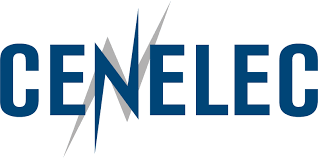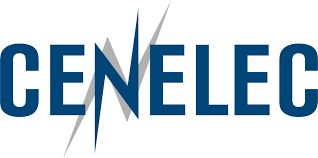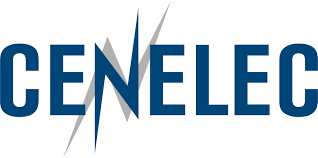Home and Building Electronic Systems (HBES)- Part 6-2 IoT Semantic Ontology model description
This document defines the HBES Information Model and a corresponding data exchange format for the Home and Building HBES Open Communication System.
This document defines the HBES Information Model and a corresponding data exchange format for the Home and Building HBES Open Communication System.
Pertains to the protection of persons and livestock against electric shock.
Specifies requirements and related tests for programmable controllers (PLCs) and their associated peripherals, which have as their intended use the control and command of machines and industrial processes.
This part of IEC 60204 applies to electrical, electronic and programmable electronic equipment and systems to machines not portable by hand while working, including a group of machines working together in a co-ordinated manner.
This European Standard gives general guidelines and recommendations to ensure interworking between HBES devices made by different manufacturers. It also contains design guidelines for the design of Functional Blocks and new datapoint types, the building blocks of HBES interworking. In this way, the standard can be used as a basis to design application specifications relative to an Application Domain. If designed and supported by a large group of manufacturers, such application specifications will ensure to end customers a high degree of interoperability between products based on the HBES Communication System of different manufacturers. This European Standard is used as a product family standard. It is not intended to be used as a stand alone standard.

This international standard establishes general principles for network- and device-management shared by and independent of the installation mode. The goal is to standardize the interaction, between a management client and a management server, that shall lead to the successful configuration of the devices. In this way, these management procedures thus specify the highest level communication requirements between a management client and a management server. These requirements specify: a) the sequence of messages that shall be exchanged between a management client and a management server, and b) the contents and interpretation of the transported data, and c) the action to take based on these data (setting internal resources, state machines, physical actions, …), and d) the error and exception handling. The management procedures base on the application layer services. Some management procedures solely base on the use of one or a sequence of dedicated application layer services to achieve the required goal. For these, the documents EN 50090-4-1 and EN 50090-4-2 provide sufficient information for the underlying mechanisms. Other management procedures additionally use the application layer services to access internal data in the management server to achieve the required goal. These data are laid down as objects as specified in EN 50090 3 2.

This European Standard concentrates on control applications for Home and Building HBES Open Communication System and covers any combination of electronic devices linked via a digital transmission network. Home and Building Electronic System as provided by the HBES Open Communication System is a specialized form of automated, decentralised and distributed process control, dedicated to the needs of home and building applications. The EN 50090 series concentrates on HBES Open Communication System Class 1 and includes a specification for a communication network for Home and Building for example for the control of lighting, heating, food preparation, washing, energy management, water control, fire alarms, blinds control, different forms of security control, etc. This European Standard gives an overview of the features of the HBES Open Communication System and provides the reader with references to the different parts of EN 50090 series. This European Standard is used as a product family standard. It is not intended to be used as a stand-alone standard.

There is a lack of standard procedures installers can employ to determine whether their installation work has caused new electromagnetic interference problems. The challenge is to develop guidelines to help detect major emissions problems in the field early to fix them promptly, in a proactive and preventive manner that are complementary and coherent with standard emissions tests as part of compliance assessment.

By optimising design, production, deployment and operation of PV, AI can maximise energy generation, leading to increased renewable energy adoption, reducing reliance on fossil fuels.
